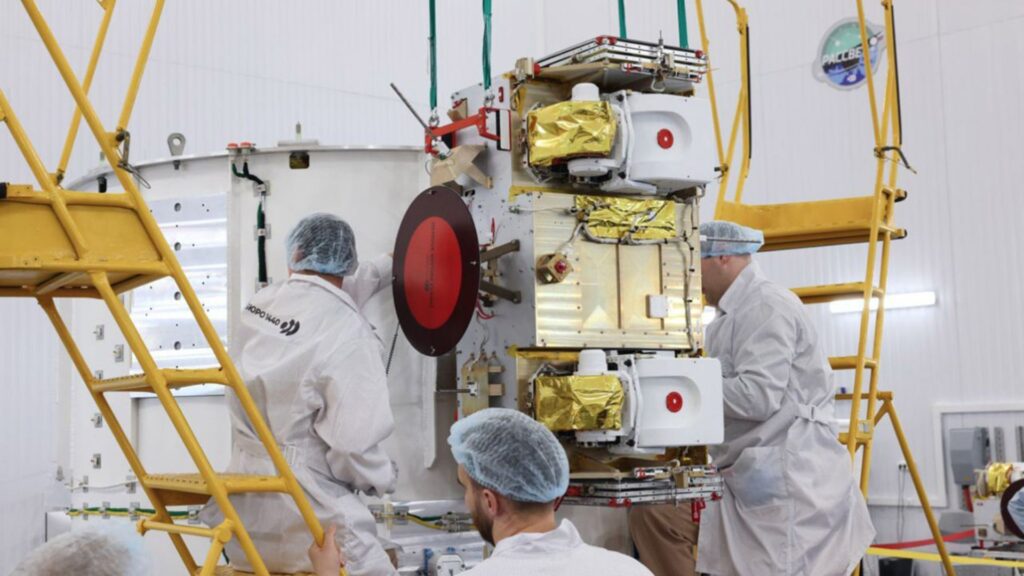
Russia’s Roscosmos space agency has announced plans to deploy its own low-Earth orbit satellite internet system, Project Rassvet, designed to compete directly with Elon Musk’s Starlink network. The initiative aims to enhance Russian sovereignty over orbital communications and reduce dependence on Western providers, particularly in light of Starlink’s critical role supporting Ukrainian forces in the ongoing conflict.
Ambitious Constellation and Budget
Project Rassvet is being developed by state-backed aerospace firm Bureau 1440, with a planned constellation of 292 operational satellites by 2030. The program’s estimated cost is 445 billion rubles ($4.8 billion), covering spacecraft manufacturing, launch services, ground infrastructure and operational expenses. Bureau 1440 began test deployments in June 2023 and plans commercial service launch in 2027 (Reuters).
Promising Test Performance
Experimental satellites under Project Rassvet have demonstrated key technologies:
- Inter-satellite laser links achieving 10 Gbps data rates across distances exceeding 1,000 km in 2024
- Downlink speeds of 48 Mbps with 42 ms latency, sufficient for 4K video streaming and high-quality video conferencing
The first batch of production satellites is slated for launch later this year, paving the way for initial commercial coverage from 2027 onward.
Strategic Impetus Amid Security Concerns
Roscosmos head Dmitry Bakanov emphasized the need to escape technological “inertia” and attract new talent to face SpaceX’s dominance. The announcement follows nearly half of USAID-supplied Starlink terminals reportedly falling into Russian-occupied territories in Ukraine—raising fears of their misuse—and Ukraine’s implementation of geofencing algorithms to block unauthorized access (The Moscow Times).
The move also responds to Western sanctions that have constrained Russia’s space program, highlighted by the Luna-25 moon lander failure in August 2023, which exposed management and financial challenges within Roscosmos.
Outlook and Implications
If successful, Project Rassvet would provide Russia with an independent high-speed connectivity backbone for government, commercial and military users, enhancing secure communications across remote regions and contested theaters. Its deployment timeline aligns with global trends toward large LEO constellations, potentially reshaping the competitive landscape of satellite internet services. However, Russia’s ability to scale manufacturing, secure reliable launch capacity and maintain technological parity with established systems will determine Project Rassvet’s ultimate viability.












